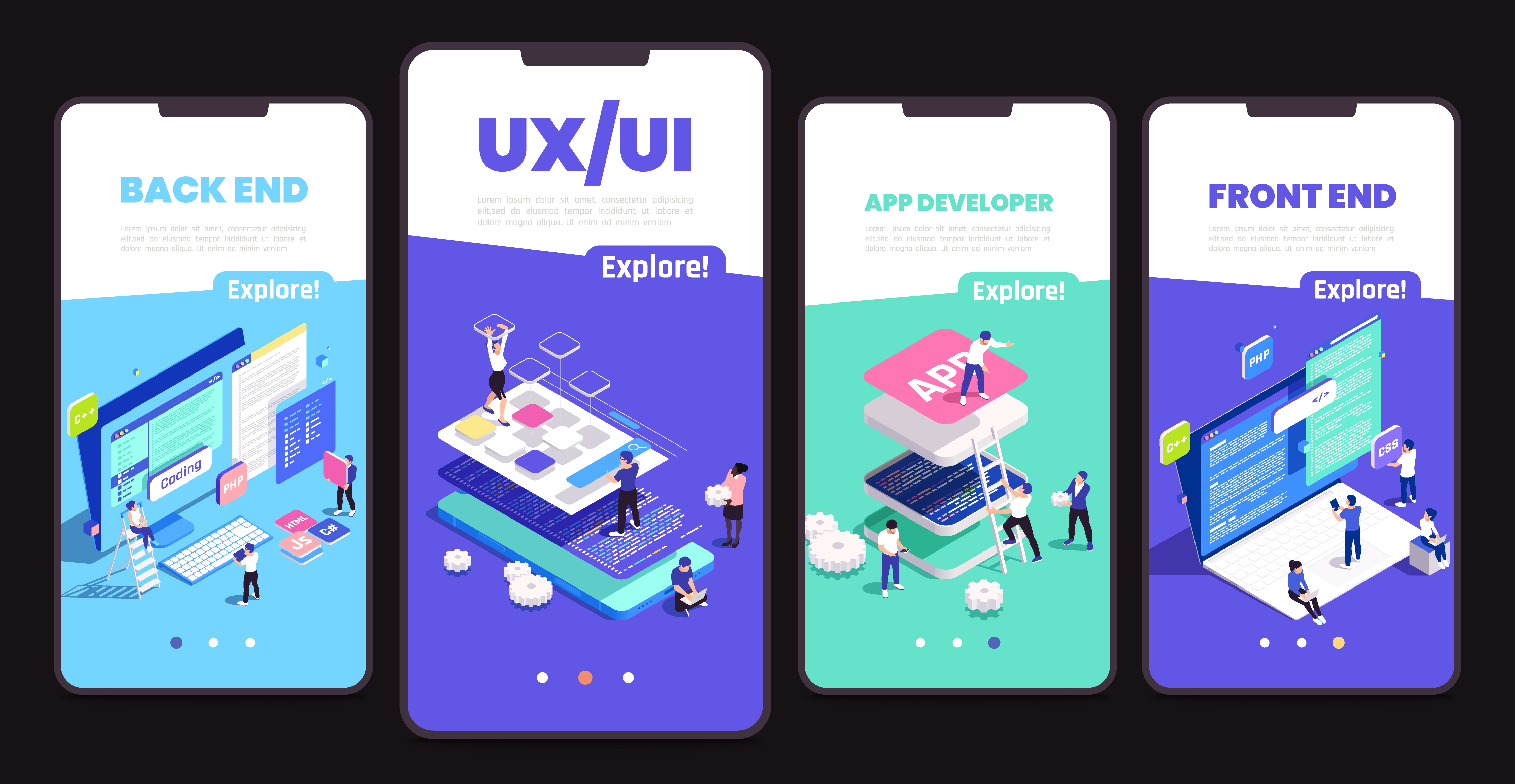
In order for every service, product, or service to be in demand on the market, most companies are required to have websites that are both effective and capable of attracting customers. One of them involves web development or the process of developing and operating websites with the goal of creating websites that are effective and operate quickly in keeping with user needs. Web Development covers content development, design, scripting for clients and servers, setting up network security, and ranking websites.
One type of web development is front-end development who is building a user interface/UI. Therefore, front-end developers often contribute to designing user experience/UX in their projects. The roles of front-end developers and UI/UX designers UI/UX researcher are often complementary, as they both contribute to the overall user experience of a website or web application, but these roles have various responsibilities and skill sets. While there may be some overlap, suggesting that one role replaces the other is inaccurate. Let’s go into more detail into the specific responsibilities and contributions of each role!
Front-end Web Development:
1. Turning Design into Code
HTML, CSS, and JavaScript are daily tools for front-end developers to convert static designs into interactive web interfaces. They work closely with UI/UX designers to ensure that the visual design is accurately translated into code.
2. Responsive Web Development
Front-end developers make websites or applications responsive and compatible with various devices and screen sizes. They employ techniques like media queries and flexible layouts to ensure a consistent experience across different platforms.
3. Cross-Browser Compatibility
Front-end developers ensure that websites or applications work consistently across different web browsers, such as Chrome, Firefox, Safari, and Internet Explorer. They address browser-specific issues and implement appropriate fallbacks or polyfills if necessary.
4. Performance Optimization
Front-end developers optimize the performance of websites by optimizing code, reducing file sizes, and leveraging caching techniques. They strive to improve page load times and overall user experience.
5. Web Accessibility
Front-end developers follow web accessibility guidelines to make websites inclusive and usable for people with disabilities. They ensure proper semantic structure, use appropriate ARIA attributes, and implement accessible design patterns.
Read More : The Basic of Front End Development Process
UI/UX Designer:
1. User Research
UI/UX designers conduct user research to understand the target audience, their needs, and behavior. They use techniques such as surveys, interviews, and usability testing to gather insights that inform the design process.
2. Wireframing and Prototyping
Create wireframes and interactive prototypes to visualize and refine the user interface and user flow. They consider usability, information architecture, and user interaction patterns during this phase.
3. Visual Design
They define the visual style, color schemes, typography, and overall aesthetics of websites or applications. They create visual assets, such as icons and illustrations, and establish a consistent design language.
4. Interaction Design
Design and define the interactive elements of a website or application, including buttons, menus, and animations. They focus on creating intuitive and engaging user interactions.
5. Usability Testing
UI/UX designers conduct usability testing sessions to evaluate the effectiveness and usability of the designs. They gather feedback, identify pain points, and iterate on the design based on user insights.
Real case the differences job-desk of each role:
1. Wireframing and Mock-Up
UI/UX designers usually decide on the content and flow of digital products and combine them into wireframes or mock-ups. Front end developer is then tasked with bringing together all the information contained in the mockup and translating it into an interface that can be seen by users.
2. Design Component Validation
The example of validating a design component is for example a component on the login page, the front end developer must make three components, namely the email input, the password input, and the login button. In the email input component, they make validations that input written in an e-mail or form will be error.
Likewise for the password component and login button, there is its own validation which functions so that it does not burden the user in terms of resources and bandwidth usage when accessing the site.
3. Layout and Styling
Front end developers are also tasked with creating page layouts and styling that have been designed by UI/UX designers using the CSS language.
